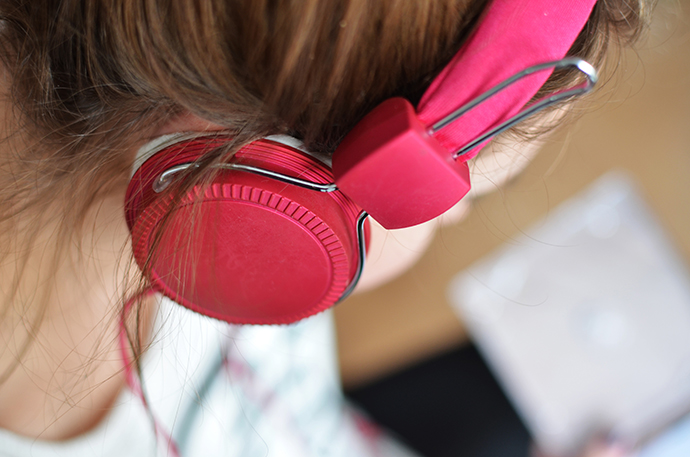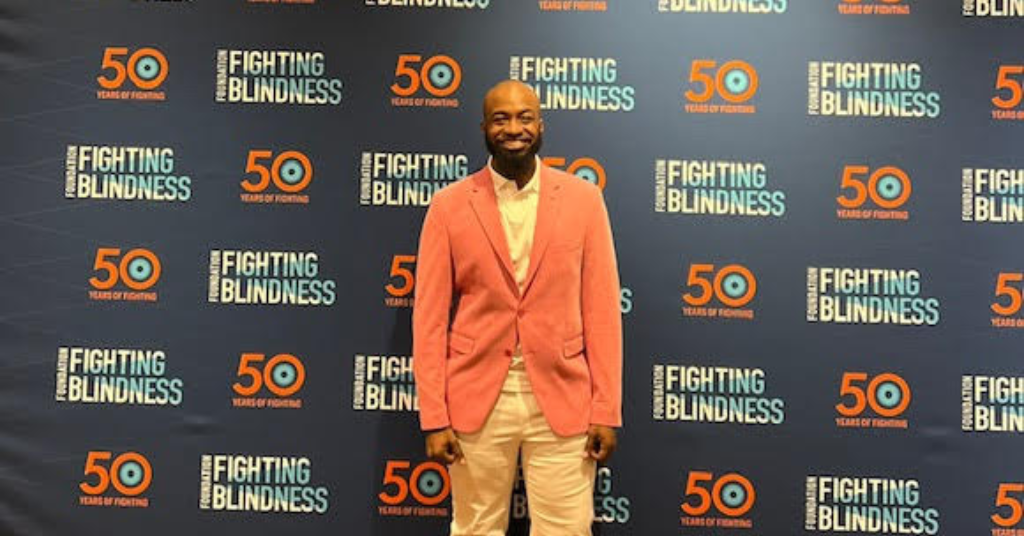
Is an in-the-ear hearing aid right for me?
March 15, 2017
A chat with sign language artist Wayne Barrow
March 21, 2017How to use audiobooks for hearing rehab

Do you ever listen to audiobooks? The form of storytelling can be also very beneficial for hearing rehab.
Oral storytelling is one of the most ancient art-forms. Stories have been passed on by word of mouth to entertain, educate and inform from generation to generation, long before recorded history.
Although these oral traditions have changed, the desire to TELL and HEAR stories remained constant. This is why hearing loss can have such a significant impact on everyday life.
The sudden change in hearing ability after receiving new hearing aids or cochlear implants impacts most aspects of your life, but listening exercises can vastly improve one’s auditory skills.
Those who are unable to participate in conversations can experience feelings of loneliness, isolation, and frustration. Thankfully, there are ways to rehabilitate from the loss of hearing, through technology and auditory training.
Home Based Rehab Using Audiobooks
Audiobook exercises can be conducted at home or as part of an Auditory Rehab program. A Rehab Specialist, such as a rehab audiologist, an auditory verbal therapist or speech pathologist, can guide and coach you on the strategy, as well as recommend sessions where family or significant others can join in and learn effective communication techniques. Therapy-based services can help you successfully put the pieces of the communication puzzle together.
Today, a new era of oral storytelling or audio books is booming with mobile technologies such as smartphones, tablets, and multimedia entertainment systems in cars and podcasts over the internet.
Audiobooks, especially, are easily accessible and an enjoyable way to practice listening that can be completed independently at your own pace. They are particularly useful for patients who might have difficulty finding a suitable conversational partner. Auditory training at home with audio books and the corresponding texts is an enjoyable rehabilitation option that spans the scope of a beginner to experienced cochlear implant user.
How To Begin With Audiobooks?
Your first book should be a book you are already familiar with and have even read a few times. This serves as a way to get the “feel” of the audiobook experience which focuses on listening not vision. You’ll find that it’s quite different from reading paper books, so ease yourself into this and don’t rush. Non-fiction books are a good beginning as the storyline is familiar and predictable.
Select audiobooks that have a clear narrator, a relatively slow pace and without accents foreign to you. Consider books with few characters to follow. Sound effects and background music should be limited as not to obscure the spoken words of the book.
Select audiobooks that have a clear narrator, a relatively slow pace and without accents foreign to you.
It is important to listen in a quiet room or connect your sound source directly to your cochlear implant processors or hearing aids with a Telecoil, Bluetooth or a direct audio input cable.
Levels Based On Your Auditory Skills
There are three listening levels based on your auditory experience and skills.
1.Beginner
As a beginner, try listening to an unabridged audiobook while reading the book simultaneously. This helps you to make the connection between the words you hear and words. By listening and looking at the words at the same time, a connection can be made and comprehension soars.
If this level is a challenge: Ask a friend to read a written passage out loud to you while you follow along reading the words. Run your fingers along the words as they are spoken. This is easier than a recorded audiobook because you are familiar with the friend’s voice and speaking style. A friend can respond to your requests to slow down, repeat or make changes based on your abilities.
2. Intermediate
When you become more familiar with the practice of listening to audiobooks, listen to an unabridged audiobook and have the hardcopy book to look at as needed, or to review what was said and heard. Listen to the audiobook for short periods of time as it can be fatiguing.
If this is a challenge try reading the book first. This will help with understanding the topic or plot so you know the storyline as you listen to the audiobook.
3. Experienced
Remove the visual and focus on listening ALONE to the audiobook without the written text. Over time this will build your confidence and improve the ability to follow and take part in natural conversation situations.
Tips for Choosing Audiobooks for Auditory Rehab
When it comes to audiobook sources there is your local library and countless companies. Begin with a familiar story such a fable or classic tale and make you book choice based on the narration. Ask a librarian or friend with typical hearing for help choosing a narrator. Resources for free audiobook listening samples are available NoveList Plus, iTunes, and Audible. Consider if the source offers options to listen to multiple speeds and the ability to quickly rewind or fast forward.
A popular option for hearing aid and cochlear implant users is the “Great Listen Guarantee” in which you can exchange one audiobook for another, no questions asked offered by Audible. This allows you can try the audiobook and decide if the sound quality and narrator fit your listening level and needs.
Top Audiobooks for Auditory Rehab
1. Beginner:
“Oh the Places You’ll Go” by Dr. Seuss, read by John Lithgow
This is a children’s book that has been read at high school and college graduations! It’s a book well-loved for beginners.
2. Intermediate:
“Because of Winn-Dixie” by Kate DiCamillo, read by Cherry Jones
This is a heart-warming story for young adults about a girl who learns how to get over her fear and loneliness thanks to a dog named Winn-Dixie and is perfect for intermediate listeners.
3. Advanced
“The Picture of Dorian Gray” by Oscar Wilde, read by various.
The dramatic reading of this book has a different person reading the different parts, which makes it an excellent audiobook to practice listening and understanding different voices and accents.
Audiobooks are an excellent tool for auditory training and listening practice.
Soon you will be on your way to improved speech understanding for following conversations with much to talk about with all the audiobooks you’ve enjoyed!






